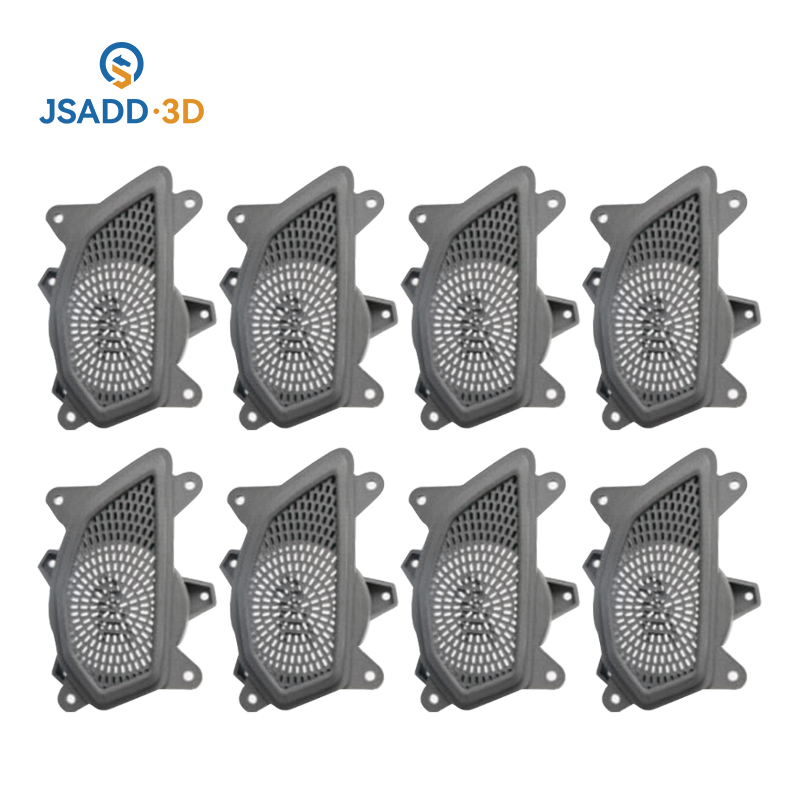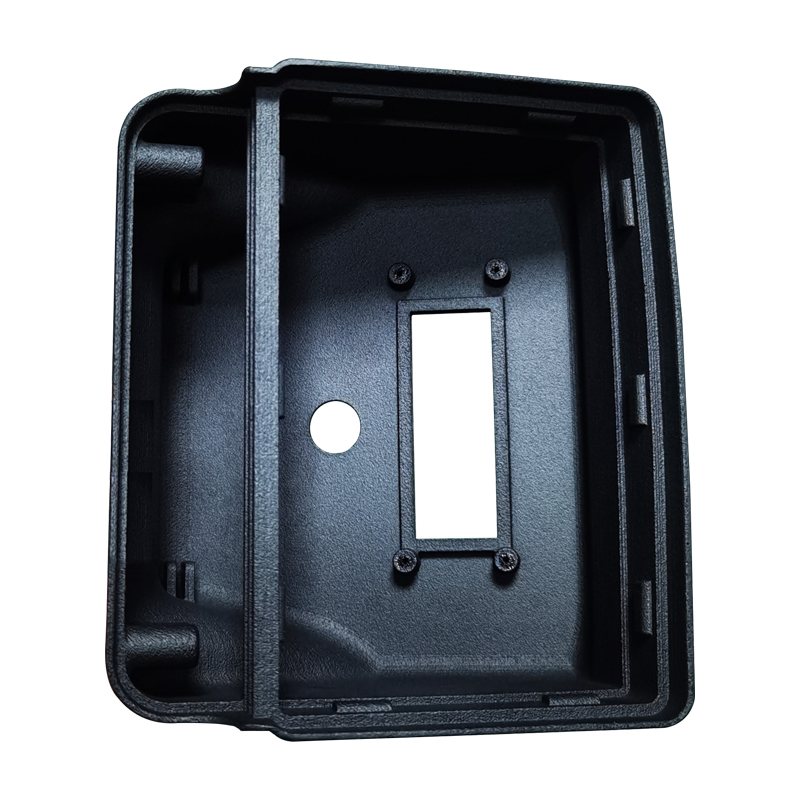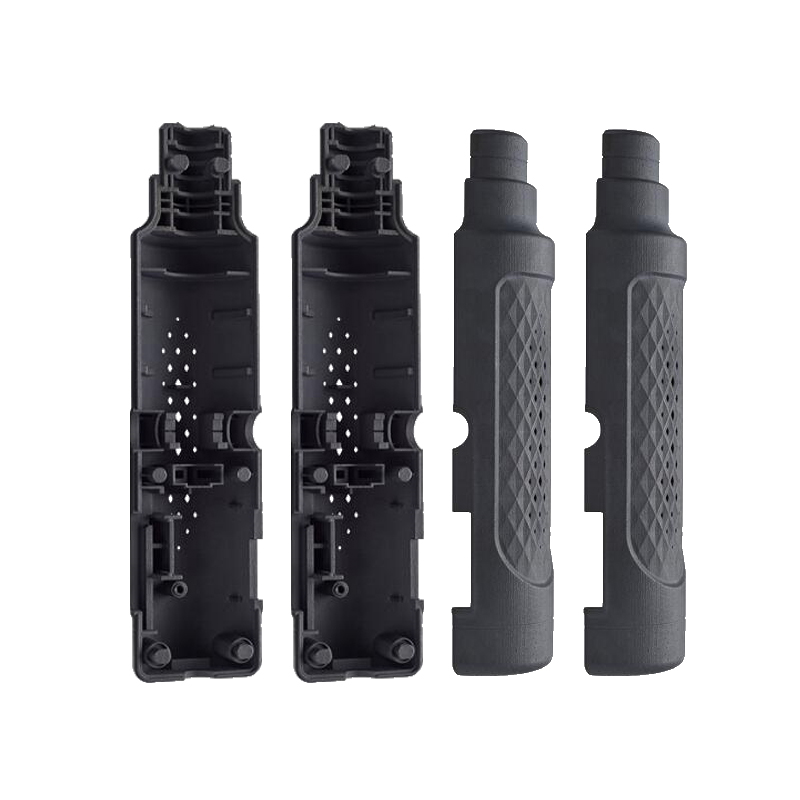SLS printing is the fastest additive manufacturing technology for functional, durable prototypes and end-use parts. The lasers that fuse the powder have a much faster scanning speed and are more accurate than the layer deposition methods used in other processes like industrial FDM.
Selective laser sintering is an additive manufacturing (AM) technology that uses a high-power laser to sinter small particles of polymer powder into a solid structure based on a 3D model.
SLS 3D printing has been a popular choice for engineers and manufacturers for decades. Low cost per part, high productivity, and established materials make the technology ideal for a range of applications from rapid prototyping to small-batch, bridge, or custom manufacturing.
Recent advances in machinery, materials, and software have made SLS printing accessible to a wider range of businesses, enabling more and more companies to use these tools that were previously limited to a few high-tech industries.
How SLS 3D Printing Works?
1.Printing: The powder is dispersed in a thin layer on top of a platform inside of the build chamber. The printer preheats the powder to a temperature somewhat below the melting point of the raw material, which makes it easier for the laser to raise the temperature of specific regions of the powder bed as it traces the model to solidify a part. The laser scans a cross-section of the 3D model, heating the powder to just below or right at the melting point of the material. This fuses the particles together mechanically to create one solid part. The unfused powder supports the part during printing and eliminates the need for dedicated support structures. The platform then lowers by one layer into the build chamber, typically between 50 to 200 microns, and the process repeats for each layer until parts are complete.
2.Cooling: After printing, the build chamber needs to slightly cool down inside the print enclosure and then outside the printer to ensure optimal mechanical properties and avoid warping in parts.
3.Post-processing: The finished parts need to be removed from the build chamber, separated, and cleaned of excess powder. The powder can be recycled and the printed parts can be further post-processed by media blasting or media tumbling.
4.As the unfused powder supports the part during printing, there’s no need for dedicated support structures. This makes SLS ideal for complex geometries, including interior features, undercuts, thin walls, and negative features.
5.Parts produced with SLS 3D printing have excellent mechanical characteristics, with strength resembling injection molded parts.
JSADD 3D Printing is China top professional SLS printing manufacturer,
Production Capacity:
•100+ SLS 3D Printers (max printing sizes:672*360*556mm)
•20 MJF 3D Printers ( max printing sizes:380*380*380mm)
Multiple Material Options:
•SLS PA12 in White / Grey / Black
•HP MJF PA12 in Grey / Black and any other colors as clients required
•HP PA12GB in Black
Advantages:
•Suitable for strong functional and complex parts
•High temp resistant
•High dimensional accuracy
•Low cost
Hope we can have the chance to provide you SLS printing services.
Your satisfaction is our priority, following are some SLS printing PA12 samples we did for your reference,If you have any other questions please kindly to contact us at info@jsadditive.com.
Author: Jessica / Lili Lu / Seazon









